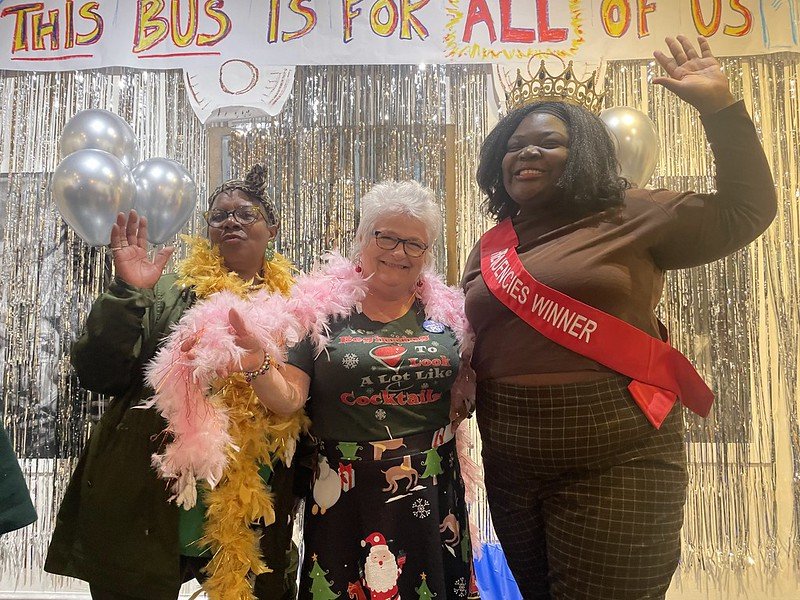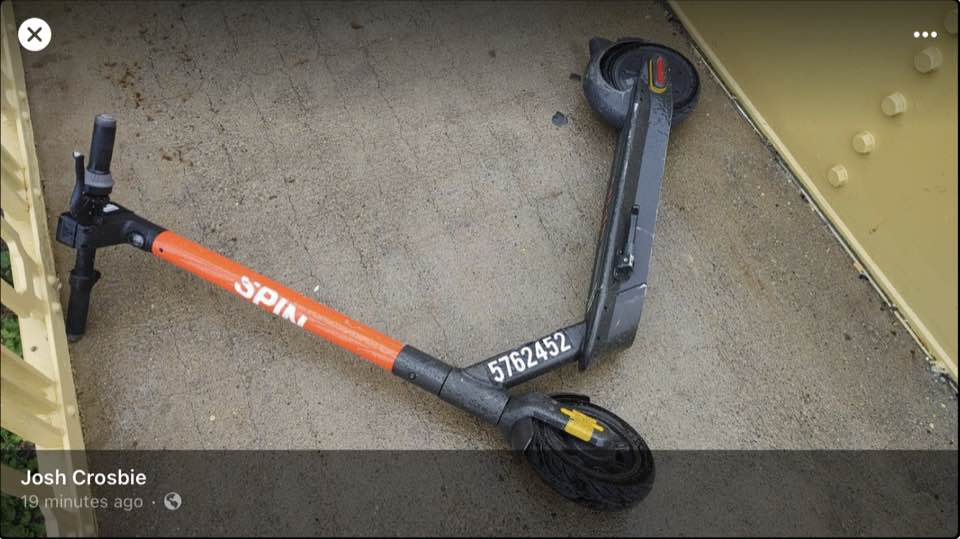 image description: graphic shows Allegheny County Department of Human Service’s new Discount Fare Pilot Program Data Dashboard displaying on a laptop. Allegheny County’s new zero fare/discount fare pilot project is proving to be a massive benefit for...
image description: graphic shows Allegheny County Department of Human Service’s new Discount Fare Pilot Program Data Dashboard displaying on a laptop. Allegheny County’s new zero fare/discount fare pilot project is proving to be a massive benefit for...
 image description: graphic has a clipart photo of a person with short hair holding a cellphone to their ear. There is a clipart speech-bubble pointed to them that if filled with photos of PRT buses. Text in the bottom right corner reads “Election Day is May 16th...
image description: graphic has a clipart photo of a person with short hair holding a cellphone to their ear. There is a clipart speech-bubble pointed to them that if filled with photos of PRT buses. Text in the bottom right corner reads “Election Day is May 16th...
 image description: PPT member Debra Green leads a rally for affordable fares. She is smiling and has her fist raised in the air. PPT Members stand behind her holding signs. Free transit is on the line in the Allegheny County Executive Election on May 16! Transit...
image description: PPT member Debra Green leads a rally for affordable fares. She is smiling and has her fist raised in the air. PPT Members stand behind her holding signs. Free transit is on the line in the Allegheny County Executive Election on May 16! Transit...
 Image Description: A photo of a SPIN scooter laying on its side completely obstructing the sidewalk on the 10th Street Bridge. Photo credit Josh Crosbie Dozens of residents call on Pittsburgh City Council to end the Spin E-Scooter pilot, and to improve resident...
Image Description: A photo of a SPIN scooter laying on its side completely obstructing the sidewalk on the 10th Street Bridge. Photo credit Josh Crosbie Dozens of residents call on Pittsburgh City Council to end the Spin E-Scooter pilot, and to improve resident...
 image description: graphic with a photo of the candidates who responded to PPT’s #VoteTransit candidate questionnaire superimposed over a PRT bus and a yellow/red background. Text reads “Transit Q&A with candidates for County Executive #VoteTransit on...
image description: graphic with a photo of the candidates who responded to PPT’s #VoteTransit candidate questionnaire superimposed over a PRT bus and a yellow/red background. Text reads “Transit Q&A with candidates for County Executive #VoteTransit on...





